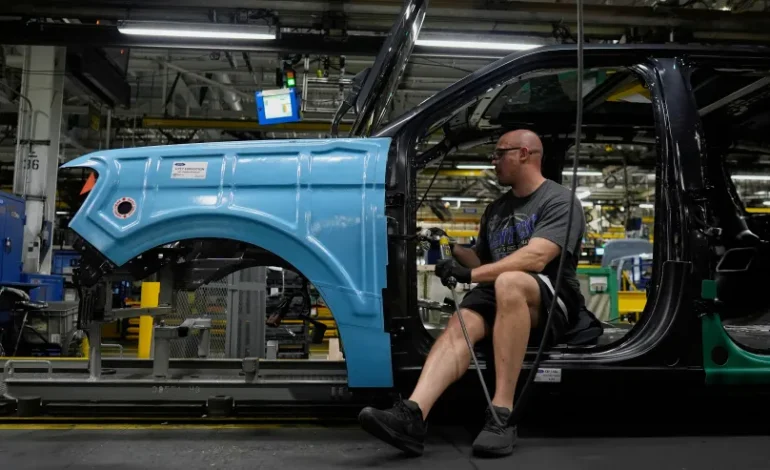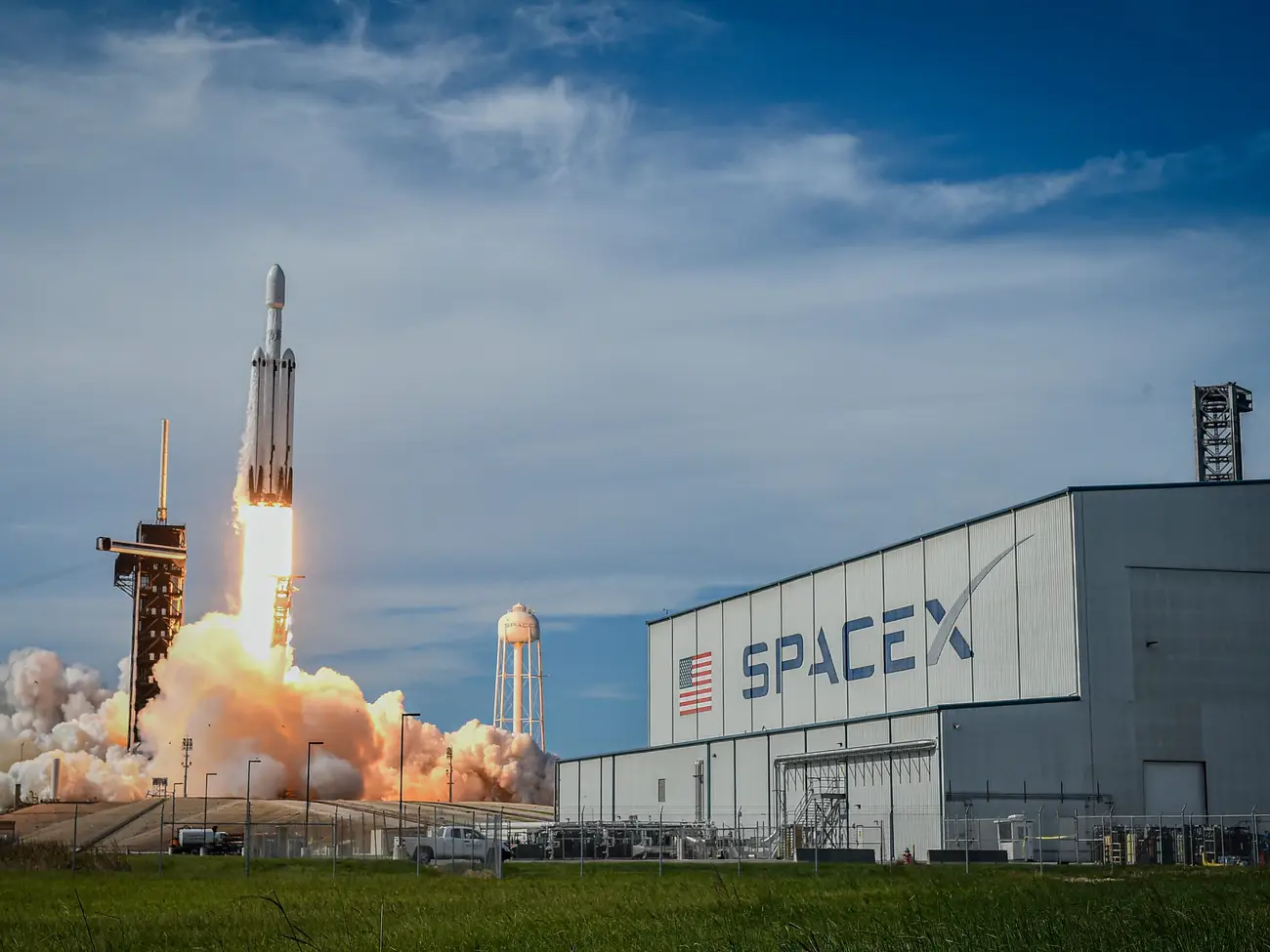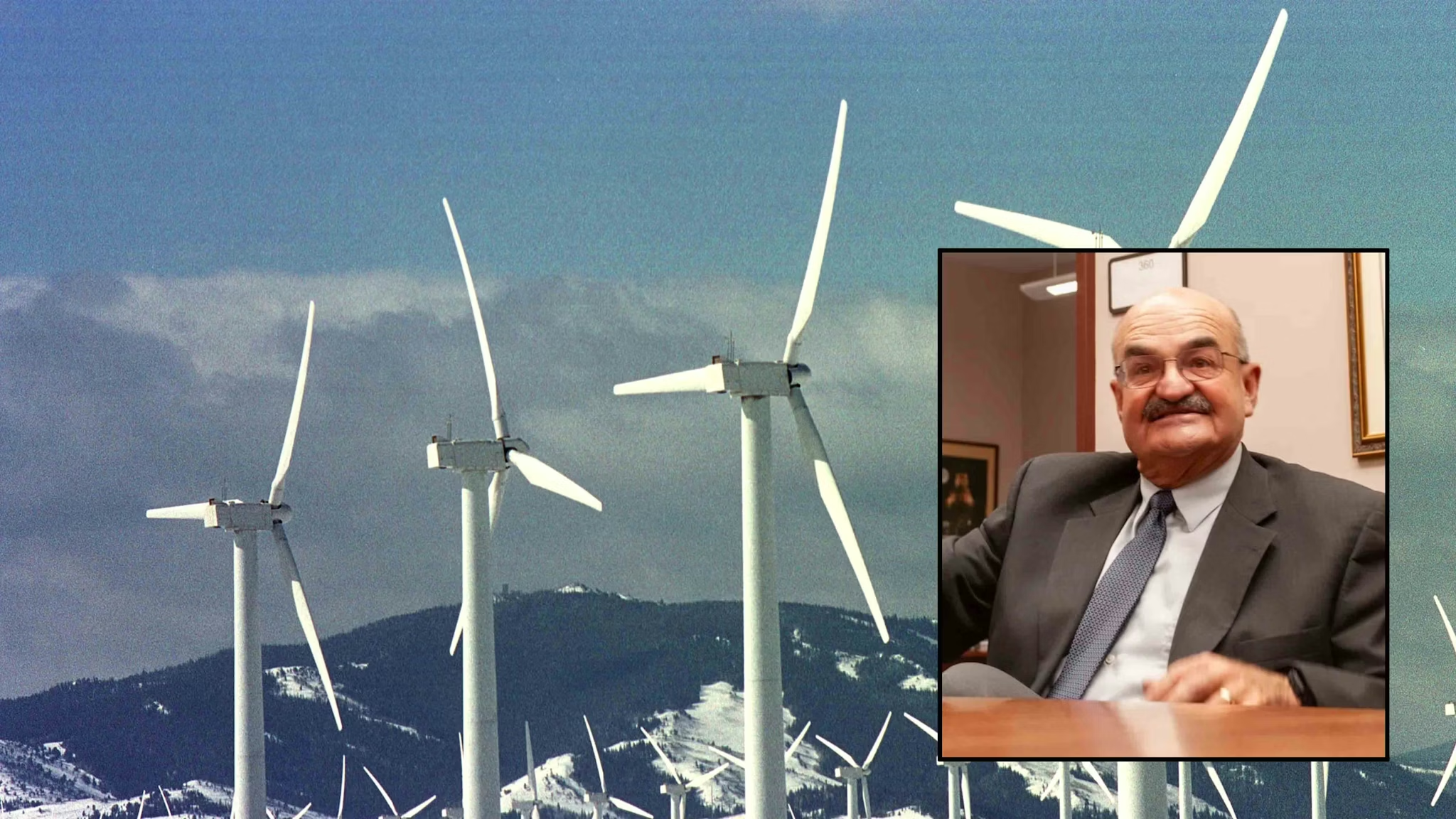Ford Bets Big on Cheaper EVs After $12 Billion Losses — Calls It Their ‘Model T Moment’

Ford says it’s done playing catch-up in the electric vehicle game — and it’s tearing up the rulebook to prove it.
On Monday, the Detroit automaker unveiled a radical new EV production plan aimed at slashing costs, speeding up assembly, and finally putting affordable battery-powered cars in the driveway of everyday buyers. Think of it as Ford’s second “Model T moment,” CEO Jim Farley told workers at the company’s Louisville, Kentucky plant.
The first car out of the gate? A midsize, four-door electric pickup truck starting at around $30,000, due in 2027. It’ll seat five, pack a front trunk and a bed big enough for a surfboard, and — Ford claims — power your house for nearly a week. A larger electric truck will follow in 2028.
The urgency is real. Ford’s EV unit has bled more than $12 billion in the last 2½ years, including $2.2 billion in just the first half of 2025. Sales of its Mustang Mach-E, F-150 Lightning, and E-Transit van have slumped 12% this year. Meanwhile, Chinese giant BYD is churning out cheaper EVs by the millions, and Tesla’s price cuts have squeezed profit margins across the board.
Farley’s answer is a total rethink of how Ford builds cars. Gone is the century-old single moving assembly line. In its place: an “assembly tree” where the front, rear, and battery platform are built separately, then joined together. That, plus giant one-piece castings and simpler wiring systems, means 20% fewer parts, 25% fewer fasteners, and 15% faster production.
The new trucks will use lithium iron phosphate (LFP) batteries — cheaper, cobalt-free, and sourced from Ford’s own $3 billion Michigan battery plant. The Louisville plant itself is getting a $2 billion makeover, with the promise of keeping 2,200 union jobs.
Ford admits it’s a gamble.
“There are no guarantees with this project,” Farley said. “The auto industry is full of ‘affordable’ cars that flopped.”
But he insists this is different — a ground-up design built for profit, not just to make headlines.
If it works, Ford could close the cost gap with Chinese EV makers and finally compete toe-to-toe with Tesla on price. If it doesn’t, this “Model T moment” might look more like a Model Oops.
The New York Times, the Verge, Investor’s Business Daily, the Hill contributed to this report.









The latest news in your social feeds
Subscribe to our social media platforms to stay tuned